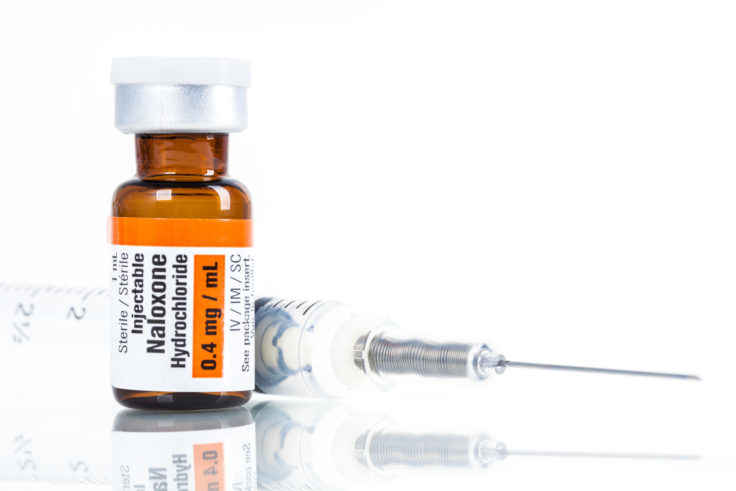Harm Reduction Laws in the United States – 2024 Update
Overview
March 14, 2024 | 1 – 2:30 p.m. ET
State laws can reduce or exacerbate harms related to drugs and drug use. While all U.S. states continue to rely primarily on a punitive approach to people who use certain drugs, most have passed laws designed to mitigate some of the negative impacts of this criminalization-based approach. There is great variation in the presence and specifics of laws regarding drug paraphernalia, naloxone access, and protections for people who call for help in an overdose, and these laws have changed over time. This can create confusion among both people who use drugs and individuals and organizations working to ensure that they have the resources and support they need to protect themselves and others.
This webinar is designed to reduce this information gap and help individuals and organizations better understand how the legal landscape in their state may impact access to harm reduction services and supplies and emergency medical assistance in an overdose. Network attorneys will provide an overview of how state laws can impact health and legal risks, describe the current relevant legal landscape and how it has changed over time, and provide examples of both helpful and harmful legal approaches to drugs and drug use.
Additional Materials
By attending this webinar, you will:
- learn about the evidence base for harm reduction-based policy
- understand the legal landscape of harm reduction law in the United States
- distinguish between harmful and helpful state-level drug policies
Speakers:
- Amy Lieberman, JD, Senior Attorney, Harm Reduction Legal Project, Network for Public Health Law
- Ashleigh Dennis, JD, Staff Attorney, Harm Reduction Legal Project, Network for Public Health Law
- Corey Davis, JD, MSPH, Director, Harm Reduction Legal Project, Network for Public Health Law



